
Morrisons’ like-for-like sales rose 3.4% in the 13 weeks to 30 April – its sixth consecutive quarter of like-for-like growth and highest growth rate yet under CEO David Potts. Here’s how the analysts reacted:
Bernstein
“Strong LfL and volume growth suggests Morrisons’ strategy is working. After fixing the retail essentials (queueing, availability, merchandising), they are now driving growth from expanding into more premium private label, clothing, general merchandising, 50 bps from online and excitingly 40bps from wholesale.
UBS
“Management’s focus on fixing retailing basics like availability, customer service and range has worked well and we think there is still a sizeable self-help opportunity as Morrisons modernises its operating model and range. Offsetting this, it competes most directly with the discounters (opening space at a rapid pace) and we have concerns its manufacturing business could see it having to absorb more supply inflation than peers.”
The Economist Intelligence Unit
“In times of consumer uncertainty, rising prices and belt tightening among shoppers, Morrisons has benefited from expanding its premium and healthier eating private label ranges. The tie-in with Amazon has also ramped up its web offering which will no doubt increase Morrisons prominence as online grocery sales continue to grow quickly. However, it is also worth noting that store closures have weighed slightly on total sales growth and Mr Potts “back to basics” strategy will certainly continue to involve a streamlining of Morrisons physical presence.”
Kantar Retail
“The revamped Morrison’s offer around simplified assortment, aggressive pricing, and targeted private label investments – such as ‘The Best’ premium range - continues to receive strong shopper traction.
“While inflationary conditions in recent months haven’t really dampened consumer spending and in fact has helped top line supermarket sales, rising prices and its eventual impact on consumer spending does pose a challenge for the sector.
“Alongside the still growing discounters, Morrisons will also have to contend with not only a resurgent Tesco but also Asda who will be looking to reclaim lost ground, especially in the Midlands and north of England.”
Retail Remendy
“Morrisons can stand tall after this strong trading update for Q1. And given the latest market shares from Kantar, we should expect more to come.
“Performing well in all areas, Morrison are almost bragging with the list of what they have achieved in this quarter: flowerworld.co.uk, Nutmeg Womenswear, price crunch, Amazon, Best range expansion, Eat Smart, Food to go. The offer is starting to resemble M&S.
“It is evident in store that Morrisons have perceptively upped their game: availability, prices and range and if the customer can feel the difference, sales follow.”
Retail Vision
“A year ago such a stunning turnaround seemed improbable at best, a fantasy at worst.
“As the smallest of the Big Four, and with a low price model that put it perilously close to the discounters’ territory, Morrisons had everything to lose from the Aldi and Lidl insurgency.
“But Dave Potts’ dogged, back-to-basics approach has transformed Morrisons’ fortunes – with its 3.4% surge in like-for-like sales easily making it the fastest growing of the Big Four.
“The introduction of the ‘Best’ premium own brand range and more healthy options has pulled in more affluent shoppers, and the focus on good value, fresh food has successfully driven a wedge between Morrisons and the discounters.
“With no M&A distractions to worry about, Morrisons has made huge progress in restoring customer trust and clawing back ground from the discounters in its northern heartland.
“There is still a long way to go though. Morrisons lacks the scale and deep pockets of the resurgent Tesco and its market share slipped slightly in the first quarter of the year.”
Shoppercentric
“With households starting to be a bit more cautious about their spending, Morrisons seem to be benefitting from the work done to return to their value roots. Their results are in marked contrast to Sainsbury’s. Learning from the recent past it is the mults in the middle ground of UK grocery retailing who will need to be most flexible if Brexit inflation causes problems for shoppers.”



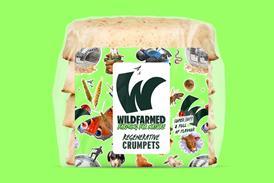




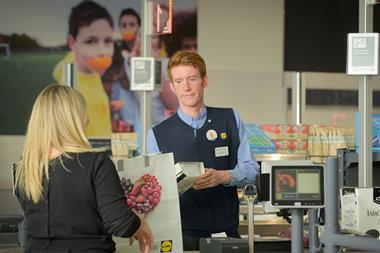
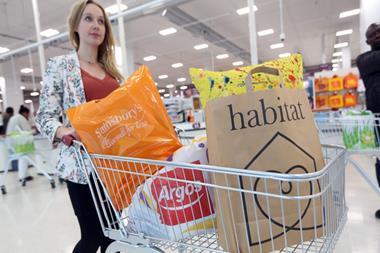
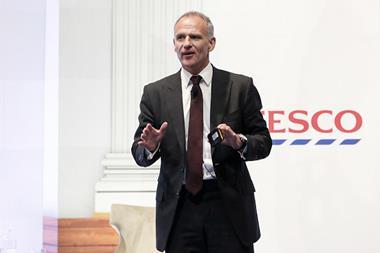
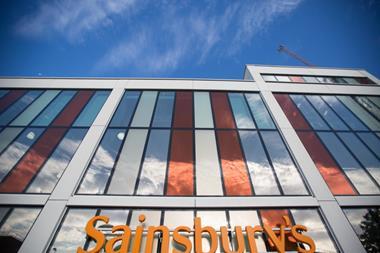







No comments yet